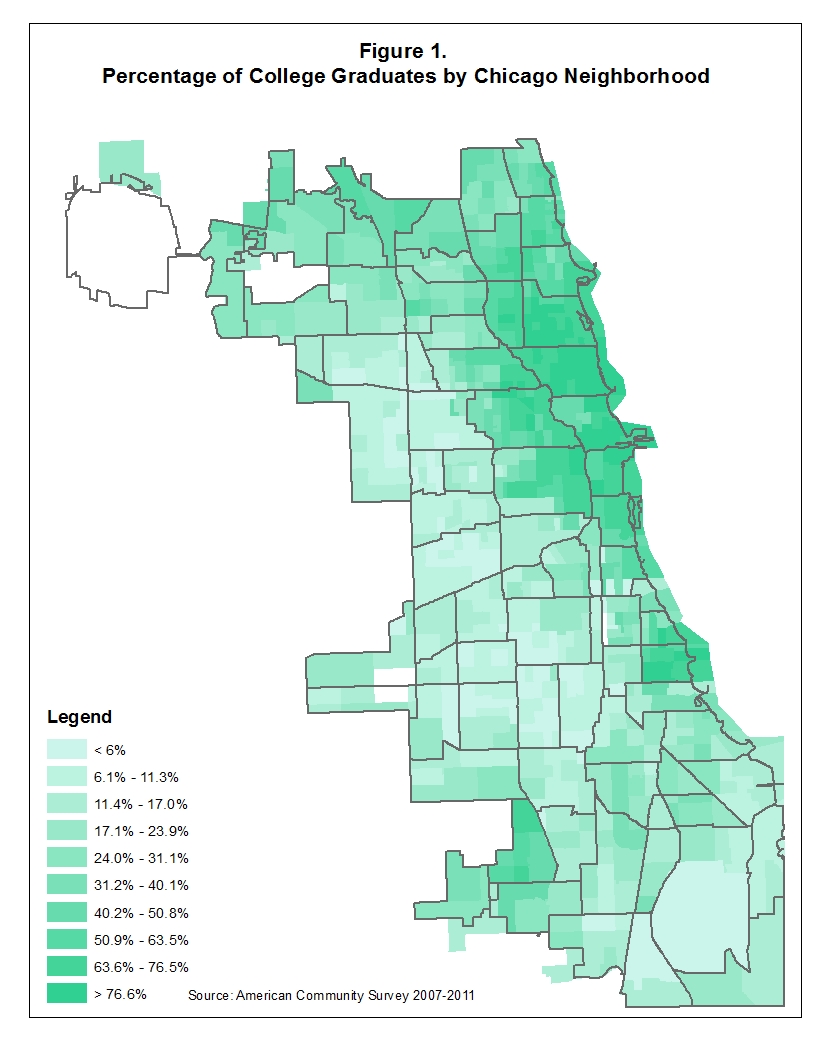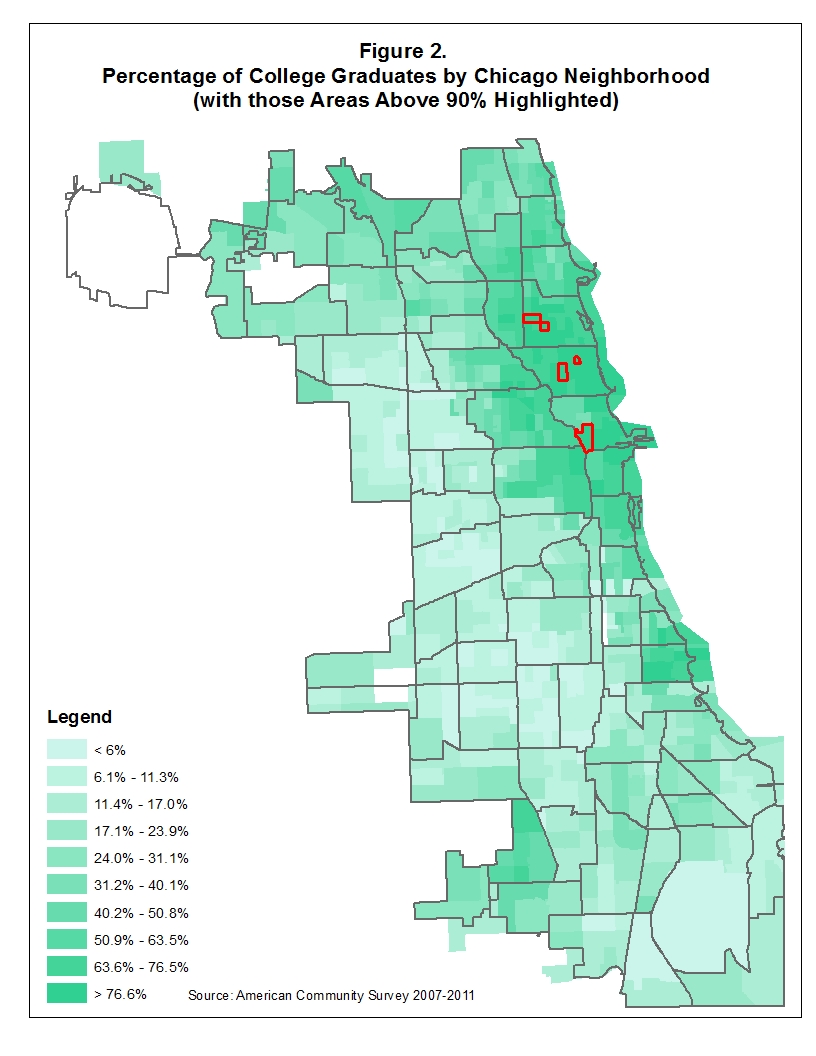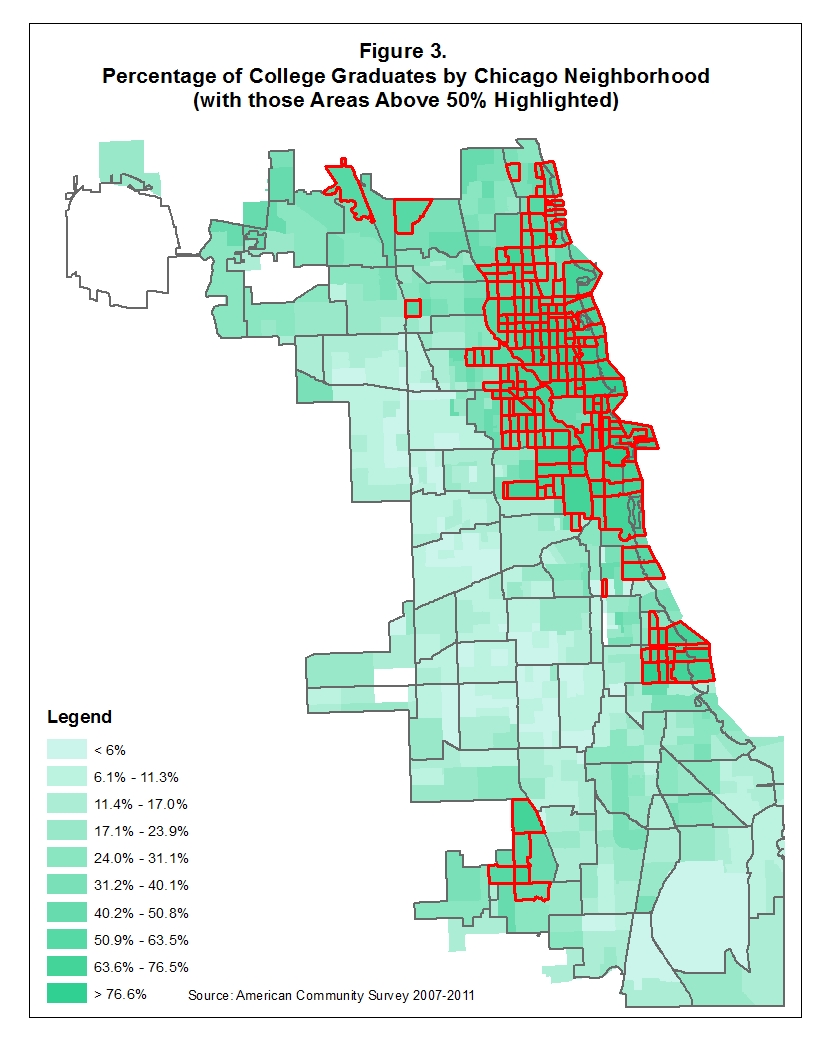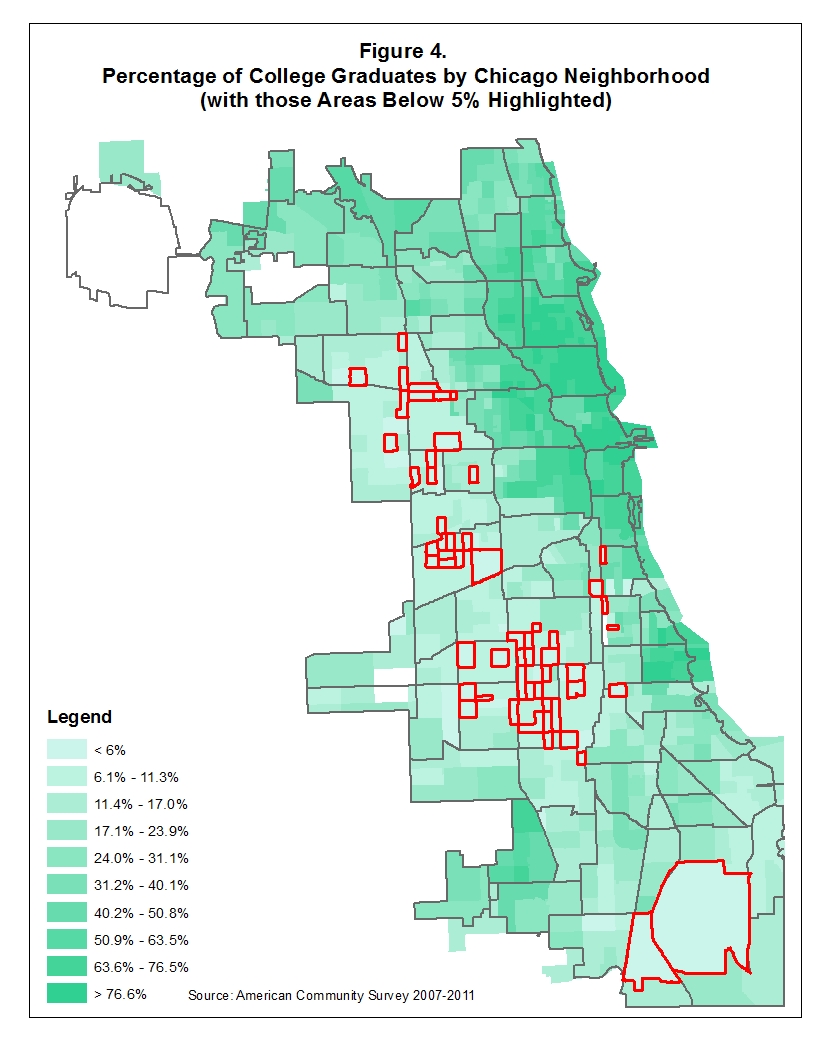By Kiljoong Kim
It’s no secret that Chicago has a history of segregation. The issue has been debated and researched for decades and has resulted in significant books including Black Metropolis, American Apartheid, There Are No Children Here and American Project, to name a few. While there are ever so slight signs of progress, there is a residential pattern seldom discussed but so persistent that it is a reminder that we are still very much divided as ever.
Many recent issues around the city can be traced to the uneven distribution of residents across the city: The ignorant parents who are too afraid to send their children to other neighborhoods for a baseball game; massive closure of schools under the label of under-enrollment in some parts of the city while many schools in other neighborhoods are bursting at their seams; and numerous shootings that are ignored by the media and remain uninvestigated by the police. All are about negligence of our environment and failure to think beyond few blocks of where we live.
For all intents and purposes, we live in separate cities within miles of each other, begging the question: Why?
One way to look at segregation is through educational attainment. According to the latest census data available through the American Community Survey conducted between 2007 and 2011, approximately a third (32.8%) of Chicago’s population over 25 years of age has at least a 4-year degree. While the figure is clearly higher than the national percentage of 27.5%, it lags behind other major cities like Pittsburgh (55.2%), Boston (55.1%), San Francisco (51.5%), Seattle (51.2%) and Washington, D.C. (46.6%), each of which boasts significantly higher proportions.
It also is a significant segregator. Education reflects much about individuals, from one’s profession to their social networks. It also impact housing selections, which indicate that most people live close to those who have similar levels of education.

Looking at the extremes, out of 801 census tracts in Chicago, there are five areas that have over 90% of the adults who are college educated.

Not surprisingly, those five areas are all located in affluent sections of the North Side: two census tracts in Lakeview, one census tract each around Sheffield Avenue and the Park West area in Lincoln Park, and one census tract in River North.
In fact, college graduate-majority areas are largely confined to the North Side along the lake, Hyde Park and Beverly.

On the other hand, there are 55 census tracts where fewer than 5% of residents are college graduates. Again, not surprisingly, virtually all of these areas are located in the West (West Humboldt Park and Hermosa), Southwest (Little Village), and South (Back of the Yard, Englewood, New City, and Marquette Park) Sides of the city.

This heavy concentration by formal education is not solely about simple division of economic status. If higher income leads to better housing, given that there is plenty of good housing stock spread across the city, we should have far less concentration by educational level. Anyone who has seen small studios and one-bedroom apartments in Lincoln Park and Lakeview can testify that even in these affluent areas, some conditions are far less than desirable. And yet, they are fully occupied by those who long to fit into these neighborhoods.
Conversely, West Humboldt Park, Hermosa, Gage Park and Marquette Park have more than adequate housing options available at fraction of the cost of living in Lincoln Park or Lakeview. This means educational attainment is one of the major determining factors for supply and demand in residential selection: Those with similar levels of education seem to seek similar lifestyles (and living in a certain neighborhood is just as much of a status symbol as cars, clothes, or any other consumption patterns).
Even anecdotally, this is evident among generations of South Siders from Beverly, Hyde Park and Bridgeport who settle on the North Side upon graduating from college, including a large proportion of highly educated African Americans.
Researchers for the past 30 years have shown that people’s level of education is impacted by the levels of education of those around them. The idea of having role models and educated leaders are all valid reasons to live among those who are highly educated. But just as it would be false to assume that living in Lincoln Park and Lakeview translates to being affluent, it is false to assume that those areas with lower levels of education lack resources. There are plenty of neighborhoods that have churches, schools and other organizations that provide support.
What is at danger, however, is the perception and marketability of neighborhoods where economic development is continually suppressed while the value of other neighborhoods continues to inflate. Those who are new to Chicago, particularly those in the highly educated labor force that our mayor desperately wants to attract, will likely seek housing in relatively small areas of the city. Subsequently, the economic benefit of such population growth is likely to be limited to those areas. These new residents will merely reinforce the level of inequity we currently have, if not make the situation worse.
While the tech sector and its highly educated work force may be the wave of the future to grow the city, for example, the existing social ills of gangs, drugs, violence and poverty will always hinder progress toward the overall enhancement of the city unless the areas where they flourish are fixed in a meaningful way. Maybe that means incentives for a more even dispersal of the highly educated along with the city’s economic development muscle; whichever comes first, the other will follow.
–
Kiljoong Kim recently earned his Ph.D in sociology at the University of Illinois at Chicago. He welcomes your comments. Read more of his work in the Who We Are archives.
–
1. From Paul Egan:
Interesting story on where college graduates live in Chicago; it would be even more interesting if the map was overlaid with crime statistics. Perhaps another project for Kiljoong Kim.
2. From Bill Schuele:
How can Chicago have a more even distribution of higher educated people? The people living in the less-educated areas need to be educated. The schools are there. They need to attend the schools. The real question is attendance. Most kids motivated to go to school are lead by the example and direction of their parents, families, friends. For a whole class of residents who do not value education there must be incentives developed to gradually make education important for them. What could these meaningful incentives be? I am not sure. A feeling of self-worth in a connected interrelated town where all the horses pull the same cart of citizenship? I know, I know. Too abstract . . . How? Thoughtful article.
Posted on May 7, 2013


